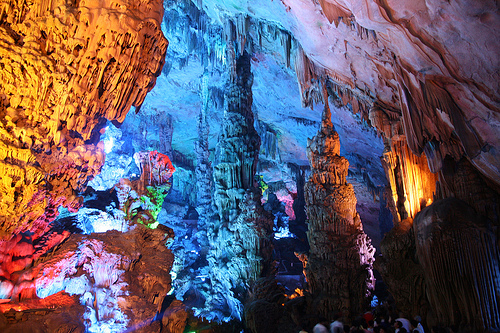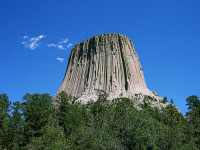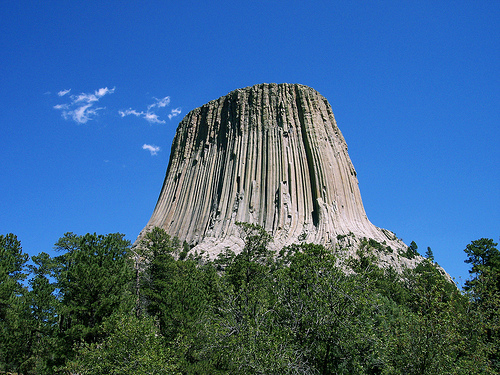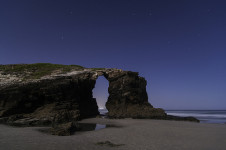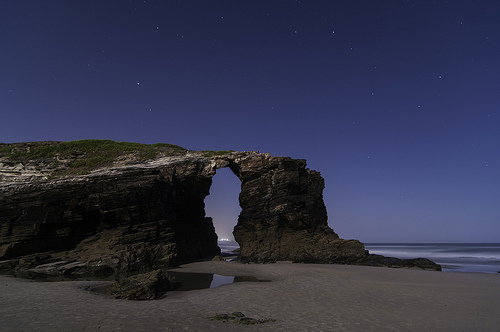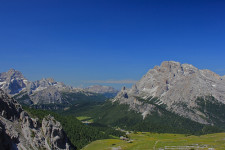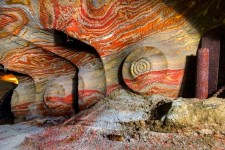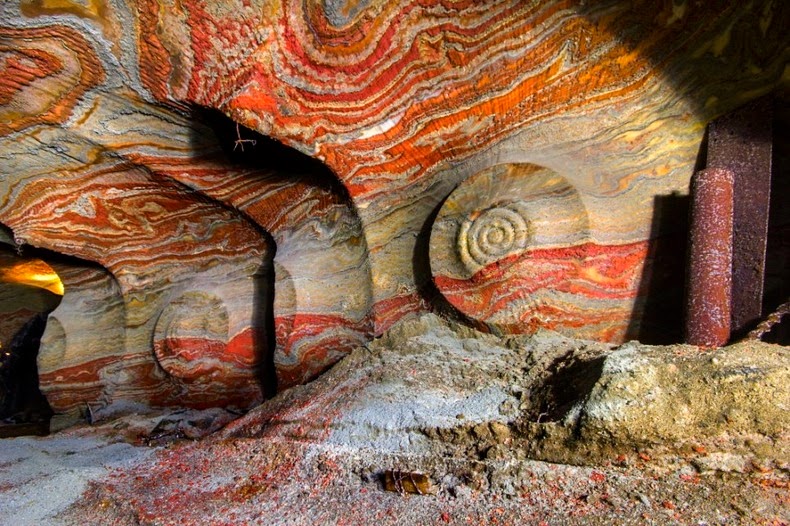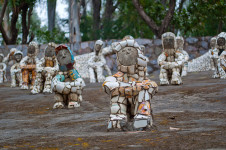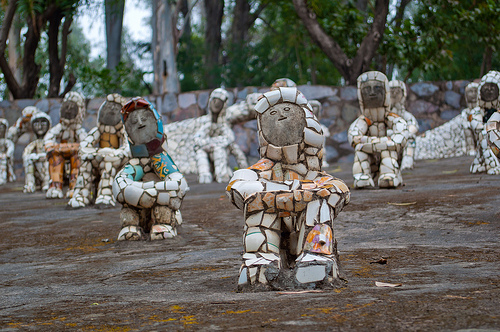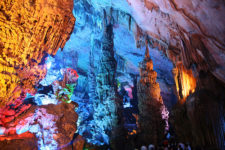
Caves just don’t get any more colourful than the Reed Flute Cave!
- The Reed Flute Cave is a subterranean complex located in the Guangxi Zhuang province of China’s south, in the city of Guilin.
- The ‘Reed Flute Cave’ is also known as the ‘Guilin Reed Flute Cave’, the ‘Palace of Natural Art’ and ‘Nature’s Art Palace’.
- The Reed Flute Cave covers a distance of 240 metres (262 yards) in total, and is believed to have formed by erosion due to the movement of water.
- A variety of limestone stalactites, stalagmites, pillars and other rock formations are featured in the Reed Flute Cave, as well as stunning pools of water.
- The name of ‘ Reed Flute Cave’ was inspired by the abundance of reed prominent at the cave entrance, which has been used to create flutes and pipes.
Part of the Reed Flute Cave
Image courtesy of Bernt Rostad/Flickr
- Writing can be found inside the Reed Flute Cave, dated to circa 792 AD, from Ancient China’s Tang Dynasty.
- After being forgotten for some 1000 years, the Reed Flute Cave was rediscovered by the area’s inhabitants in World War II, who sought protection from the Japanese military.
- The year of 1962 marks the date of official opening of the Reed Flute Cave to visitors, and millions of people have since toured the cave.
- The Reed Flute Cave contains many rock formations that take an appearance comparable to many objects of nature, including animals and a human, some of which have been given a unique name and legend.
- Man-made neon lights illuminate the Reed Flute Cave, colourfully enhancing the rock formation; and a fee is payable to enter the cave.
Bibliography:
Guilin Reed Flute Cave, 2004, Guilin China, http://www.guilinchina.net/attraction/reed-flute-cave.htm
Reed Flute Cave, 2016, Atlas Obscura, http://www.atlasobscura.com/places/reed-flute-cave
Van Hinsbergh G, Reed Flute Cave, 2016, China Highlights, http://www.chinahighlights.com/guilin/attraction/reed-flute-cave.htm





